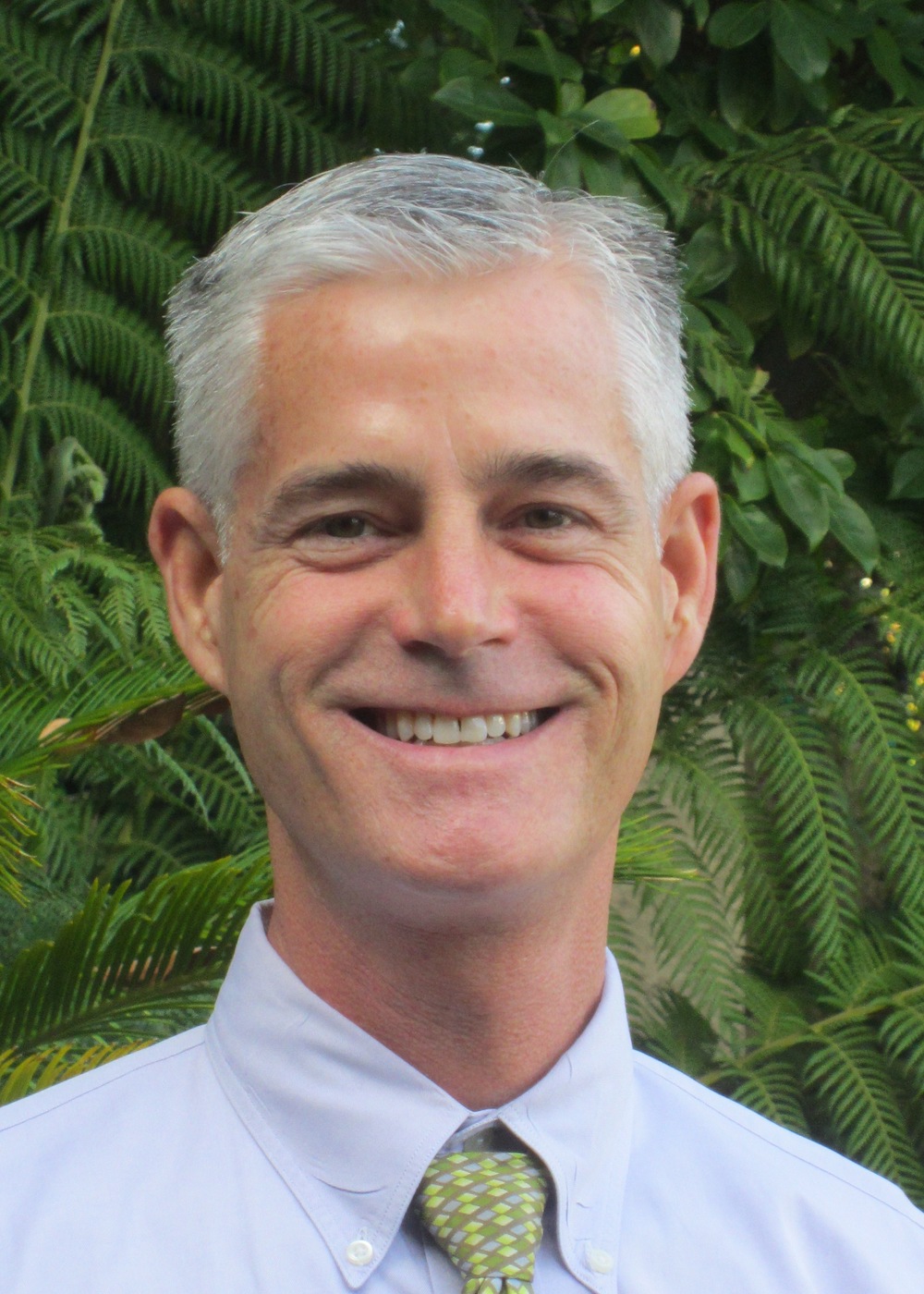This spring, City Council will consider adopting Piedmont’s 6th Cycle Housing Element, a roadmap for how the city can accommodate 587 new homes over the next eight years. I am proud to say this community has embraced the State’s call to welcome more people of all backgrounds in Piedmont. Working together, we have developed a plan that will allow us to grow in a way that preserves the charm that first attracted many current residents, while also complying with all State requirements.
State officials have determined that more housing is needed in all Bay Area communities. With excellent schools, high quality city services, and no history of environmental pollution, all of Piedmont is considered a “high resource area”. Because of this, Piedmont was tasked with planning for 587 new homes by 2031 — nearly 10 times what we were assigned in the previous cycle. In a small city that is largely built out, this was no easy feat.
I am very appreciative of our community’s response to this formidable challenge. Over 1,000 Piedmonters participated in the planning process. I can’t think of any other city that has been able to engage such a large percentage of its population around the topic of housing.
I witnessed Piedmonters sharing their perspectives and learning from each other at dozens of meetings, workshops, and town halls. Most residents understand how racial bias has shaped historical housing practices at the national, state, and local level. Today, the majority of our community recognizes and supports Piedmont’s responsibility to do our fair share to increase access to safe and stable housing for people of all backgrounds.
Piedmont has added more new housing in the last 8 years than in the previous 45. Piedmonters have also become increasingly diverse. Whereas people of color made up only 3.5 percent of Piedmont’s population in 1970, today 29 percent of residents identify as Black, Hispanic, or Asian.
The updated Housing Element will continue these trends of welcoming new residents and increasing housing production. The City’s plan provides a toolbox of new programs to support creation of the kinds of new housing needed in Piedmont, including ADUs, duplexes, triplexes, townhouses, mixed-use, and multifamily housing. You can find a detailed breakdown of how the programs outlined in Piedmont’s Housing Element meet all the requirements of State law at PiedmontIsHome.org.
We have already begun some of these programs, including establishing a new incentive for affordable ADUs and making it easier to convert existing spaces into new housing. Staff are having discussions with affordable housing organizations. We will soon start the process of creating a Specific Plan that will study all City-owned land in Moraga Canyon.
I firmly believe that new housing built under these programs will enhance our neighborhoods, schools, and all of Piedmont by welcoming new members to our community. Looking back, accessory dwelling units (ADUs) weren’t always welcomed by some Piedmonters. But over the last twenty years, Piedmonters have come to embrace them. I expect that, in the future, the new programs in 6th Cycle Housing Element will have the same levels of community support as ADUs have today.
I would like to close by thanking the community for learning, engaging, and contributing their perspective, expertise, and ideas. We are lucky to be a community of intelligent, talented, creative, and thoughtful citizens who are ready to do our part to make room for more Piedmonters.

“Embrace” may be an overstatement – it’s hard to get a good measure of public opinion in Piedmont. True, there were “dozens of meetings, workshops and town halls”, most of which I attended, but these gatherings had generally less than 50 attendees, and mostly the same people. And for all its community outreach in developing the plan, I don’t recall the City conducting an online or community-wide survey once the final plan was drafted. The best measure of community opinion of the Housing Element may be the petition opposed to the civic center development proposals in the plan (1000+ signatures) and support for candidates who wanted the Housing Element put to a vote. The City could have affirmed Mr. Jackson’s sense of the majority had it put the Housing Element to a vote, as the City Charter requires.
I think it is inappropriate for Mr. Jackson to insinuate that residents who opposed the Housing Element don’t understand the effect of racial bias on housing practices. Opposition to civic center development raised issues of congestion, a legitimate concern the discussion of which would have been aided with some planning analysis from the City. Supporters of civic center development (myself included) wanted smart growth – transit-oriented development which typically goes hand-in-hand with affordable housing. Many residents, not just from Moraga Canyon, called for equitable distribution of affordable housing throughout Piedmont. They live here and know what massing affordable housing on the city borders looks like. So many who opposed to the Housing Element are aware of racial bias and wanted the City to do better.
To that end, city staff can help achieve equitable housing in Piedmont through an aggressive monitoring program of ADUs to see if they are rented out. As I understand it, except for the very low income ADUs with deed restrictions, there will be no city oversight of how ADUs are occupied once they are built. The City should verify ADU rentals so we all can properly welcome these new community members.
Sincere thanks to you, Kevin, and Sara Lillevand for leading this important effort. And the hard work of the City Council was impressive. As citizens we are grateful to you all for your efforts. All of you went above and beyond the call of duty. First to educate Piedmont citizens about the rules and options. Then to solicit and consider input and ideas from citizens. And then to create a responsible and creative plan that is in the best interest of current and future residents.